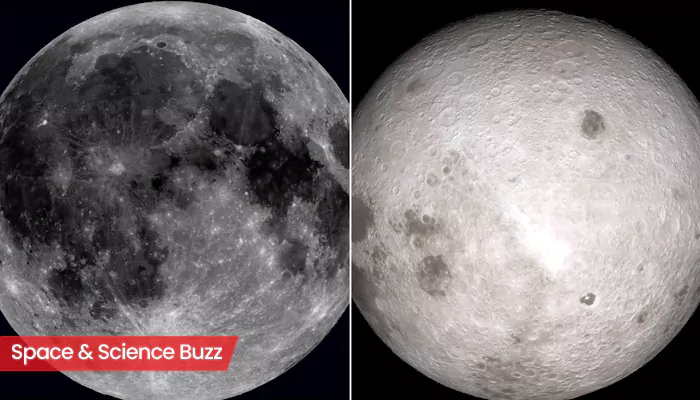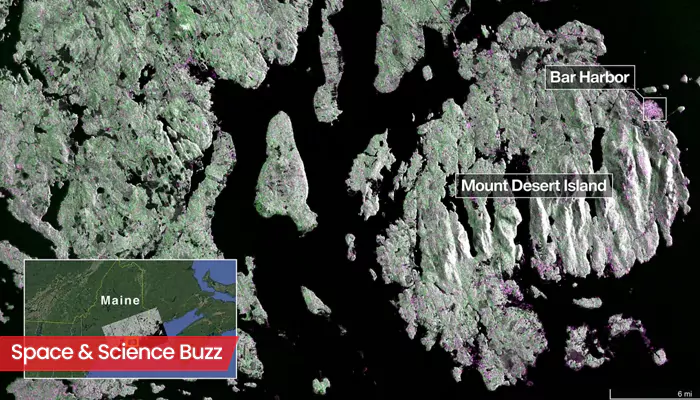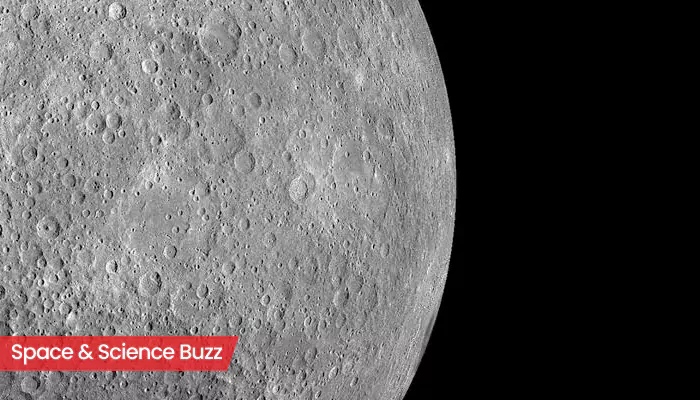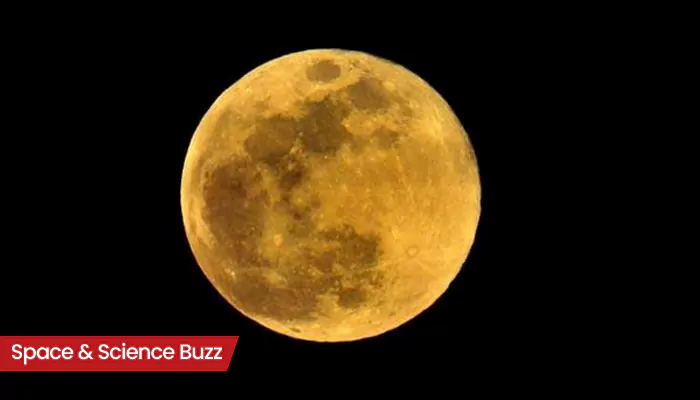
Here are today’s most important updates from the realm of Science and Space.
Gateway to the Red Planet: Earth-Mars Transfer Window Opens October 2024
The Earth-Mars transfer window determines the ‘optimal time’ to launch any spacecraft from Earth to the red planet. This window of opportunity occurs every 26 months, which maximizes mission efficiency and success. This is based on the principle of the ‘Hohmann transfer orbit’, the most energy-efficient path between these two planets. The upcoming Earth-Mars transfer window will be available in October 2024 as these two planets move in their orbits. This elliptical orbit allows spacecraft to travel using minimal fuel and distance.
As SpaceX is preparing for its first uncrewed Starship Super Heavy launch to Mars in 2026, this upcoming window will play a vital role for delivering essential supplies.
Cosmic Carnage: Webb Telescope Catches Black Hole in Lethal Action
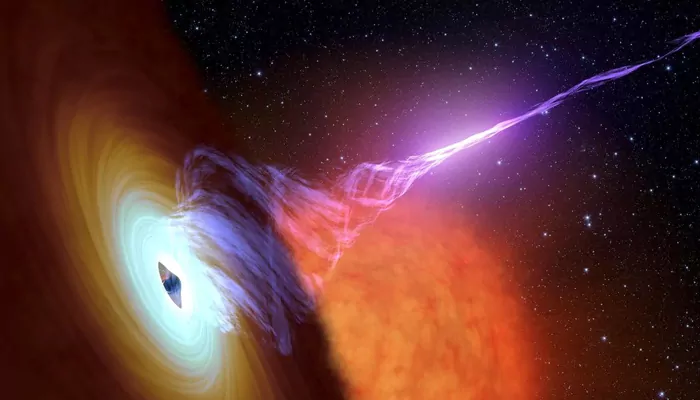
An international research team has observed a supermassive black hole in the early universe killing its galaxy by starving it to death. This remarkable "galactic death by starvation" was captured through James Webb Space Telescope (JWST). The whole event has created approximately 2 million miles per hour winds of gas. The research team stated, "The black hole is killing this galaxy and keeping it dormant, by cutting off the source of 'food' the galaxy needs to form new stars.”
Generally, Galaxies are regarded as "dead" or "quiescent" as soon as their star formation has been cut off.
Global Wake-Up Call: 70% of Humanity to Face Extreme Events in the Next 2 Decades
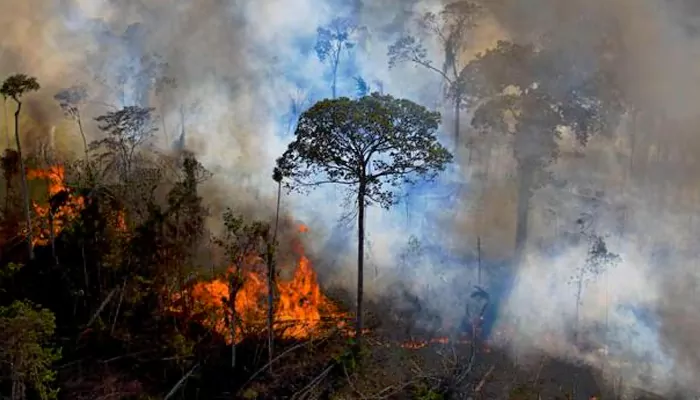
Scientists at Center for International Climate Research (CICERO), revealed at least 70% of people worldwide might experience extreme temperature and rainfall events if emissions are not controlled. However, successful implementation of Paris Agreement goals could reduce this figure to 20% only. The study also predicted extremely warm Asian summer due to air pollution. Multiple simultaneous hazards are making the society vulnerable to nature’s wrath, study author revealed.
Broadly, the study emphasised the importance of preparing for future unprecedented extreme events.
Mars Keeps Surprising: Scientists Discover Strange Structures Beneath Mars
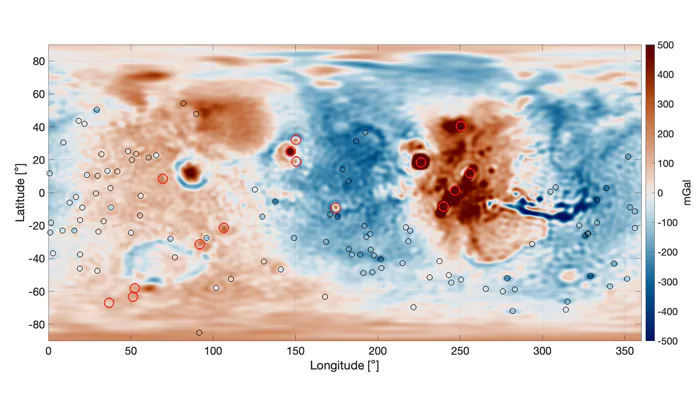
Red Planet's mysterious thickness, flexibility and interior processes keep on baffling scientists. After analyzing NASA's InSight mission data, researchers received new insights into the underworld of Tharsis Rise, home to Olympus Mons, the largest volcano in the solar system. Massive hidden structures were observed beneath the red planet's surface, where an ancient ocean flowed previously. The density map of the mantle also revealed that the northern polar areas are more denser than their surroundings. ''These dense structures could be volcanic in origin or could be compacted material from ancient impacts,'' said the lead scientist. These findings indicate volcanic activities on Mars in recent times.

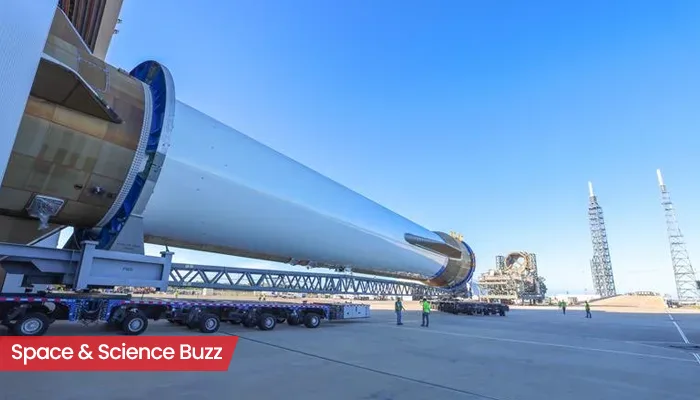

.webp)
.webp)
